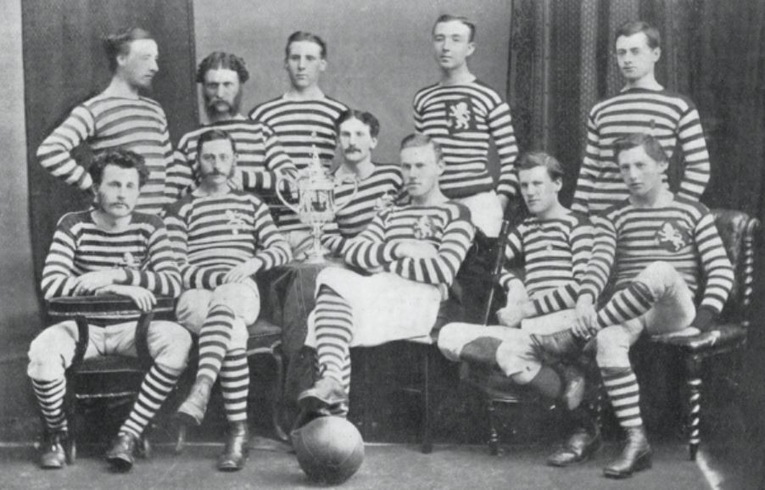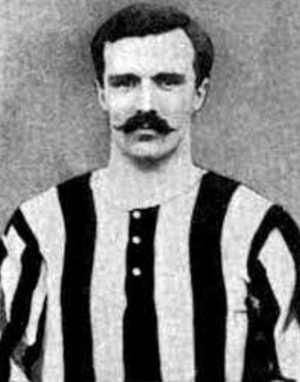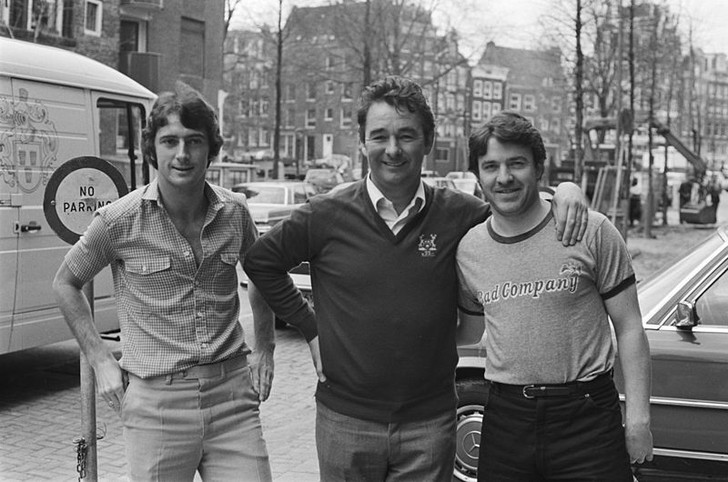 It goes without saying in this day and age that the money involved in football transfers is, frankly, completely and utterly ridiculous.
It goes without saying in this day and age that the money involved in football transfers is, frankly, completely and utterly ridiculous.
Players are paid too much money and clubs themselves pay an excessive amount of money for them.
But why did it all start? Who was the first player to be bought? And how has it progressed over the years in order to reach the crazy state it’s in now?
Hopefully we’re about to answer at least some of those question, and it won’t cost you a thing…
The First Signing For Money

Ok, this one isn’t actually all that easy to answer. Until the Football Association introduced the idea of professionalism to the game in 1885 there was no transfer system in place. A player could play for any team that he wanted for as many games as he wanted. It was, in essence, a free-for-all not dissimilar to a load of people playing footy in the park, with every man free to pull his boots on for Preston North End one minute and then shimmy over to Bolton Wanderers the next.
That all changed when the FA introduced player registration in the aftermath of making the game professional. They wanted to limit the amount of movement there was between clubs and so they introduced a rule whereby a player had to register with one club at the start of the season. Once he’d done that he was then unable to move to a different club without gaining the permission of both the FA and the club he was registered to. If the player didn’t register with any club then he wasn’t permitted to play at all.
Even then, though, there was no ‘transfer’ as such. The players were still very much in control, as long as they didn’t mind waiting until the end of the season before they moved on. At the conclusion of each season a player could decide to play for another club, even if the club he’d just been at wanted to retain his services. All he had to do was go elsewhere and register as a player with them.
It was after the formation of the Football League in 1888 that all of this started to change. Even back then the powers that be recognised the power of the richer clubs to spoil it for the smaller ones, so restrictions were put in place to stop them being able to gather all of the best players to the detriments of clubs who couldn’t afford to pay as much in wages.
From the beginning of the 1893-1894 season a rule was introduced that said a player could not move from the club he was registered with unless he had that club’s permission. Even if the player’s registration with a club had expired, they could keep him tied down to them indefinitely. They didn’t have to pay his wages nor did they have to play him, he was essentially marooned in the no-man’s land of waiting for the club he was registered to to allow him to leave.
Naturally, of course, clubs began to realise that they could demand a large sum by way of a consolation for allowing their player to move on to a different club. The club that held his registration wouldn’t release it or transfer it to another club unless they paid a decent amount of compensation to make it worth their while. From then onwards, the transfer system was born.
The First £100 Player
 Patrick William “Willie” Groves is widely considered to be the first player that cost over £100 to be transferred from one club to another.
Patrick William “Willie” Groves is widely considered to be the first player that cost over £100 to be transferred from one club to another.
An inside forward, he broke through into the Hibernian team when he was just sixteen and made his international debut for Scotland the following year when he scored the fourth goal in 5-1 win for the Scots over the Welsh in the 1888 British Home Championship.
He moved to Celtic in August of 1888 but the Scottish game was still amateur then, so it didn’t take long for the professional English clubs to come calling. West Bromwich Albion brought him to the Midlands in 1890, helping them to win the FA Cup in 1892 when the Baggies beat their rivals Aston Villa 3-0.
It was Villa who paid the £100 for him, taking him to Villa Park in 1893. They also had to pay a fine as the Football Association believed that they had poached him illegally from West Brom.
It may not have been worth the money, with Groves returning to Scotland in 1894 after a dispute over his contract with Villa.
The First Million Pound Player

Though he’s better known to modern audiences for being a somewhat clueless pundit (until he died in 2023), Trevor Francis was a much sought after player when he became the first footballer to be transferred from one club to another for over a million pounds.
Born in Plymouth, Francis joined Birmingham City as a schoolboy and quickly made his way through the ranks, getting his first-team debut at the age of 16. Before he’d even turned 17 he scored four goals in a single match against Bolton Wanderers, finishing his first season with an incredible 15 goals from a mere 22 games.
He went to America for a while in 1978 to join the Detroit Express, but February 1979 was the month that would change the face of football. Brian Clough’s Nottingham Forest had won the First Division and the League Cup but they wanted to keep expanding. So it was that Forest lodged a bid of £1,150,000 for the striker’s services.
Unlike with Groves at Aston Villa all those years before, this turned out to be worth every penny. Forest progressed all the way to the European Cup final and Francis would go on to score the only goal of the game, winning the famous trophy for the English side for the first time. Transfers have shot up at an incremental rate ever since, with a million pounds being seen as an insignificant figure in an ever more ludicrous market.
